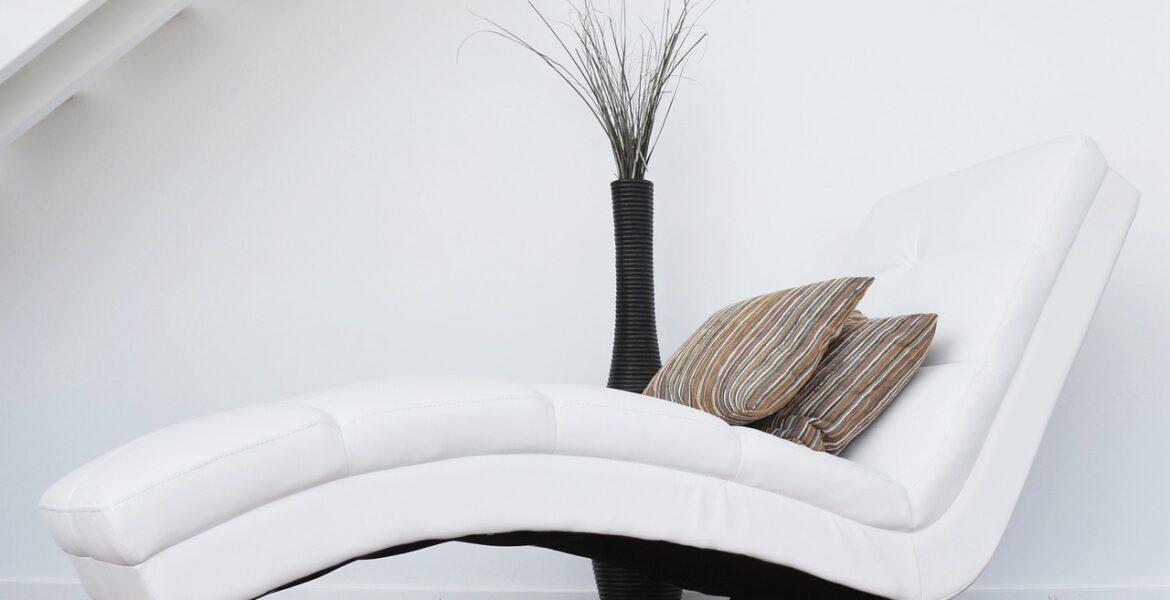
Finding Your Home Design Balance: Minimalism, Maximalism, and Beyond
On April 5, 2025 by Dip Admin StandardUnderstanding Your Personal Sweet Spot
The journey between minimalism and maximalism isn’t about choosing one extreme over the other – it’s about finding your comfort zone. Think of it like adjusting the seasoning in a recipe; too little leaves it bland, too much overwhelms the palate. I remember helping a friend redecorate her living room, where she struggled between her love for colorful artwork and her desire for a peaceful space. We eventually created a gallery wall on one side while keeping the rest of the room simple and serene. This taught me that balance often means creating designated areas for both simplicity and abundance. Start by identifying spaces where you need calm (perhaps your bedroom or home office) versus areas where you can embrace more personality and visual interest (like your living room or creative space).
The Art of Mindful Curation
Whether you lean towards minimalism or maximalism, the key lies in purposeful selection rather than arbitrary accumulation or elimination. Consider the story of my neighbor who described herself as a “reformed packrat.” Instead of completely purging her beloved book collection in pursuit of minimalism, she carefully curated it to keep volumes that truly sparked joy or held significance. She displayed these thoughtfully alongside carefully chosen decorative items, creating a space that felt both personal and purposeful. This approach to mindful curation means asking yourself questions like “Does this item serve a purpose (practical or emotional)?” and “Does it contribute to the overall feeling I want in this space?” Remember, it’s not about following strict rules but about creating an environment that supports your lifestyle and brings you genuine happiness.
The Art of Personal Style: Why Your Home Doesn’t Need to Pick Sides
Breaking Free from Style Labels
I’ve noticed how often people feel pressured to define their home style with a single label – minimalist, maximalist, modern, or traditional. But here’s the thing: your home should be as unique as your personality. Last month, I visited my sister’s home, which perfectly illustrates this point. Her kitchen embraces minimalist principles with clean lines and clutter-free counters, while her living room bursts with colorful throw pillows and eclectic art pieces. The space works beautifully because it reflects her authentic self rather than adhering to rigid style rules. Think of your home as a personal story – some chapters might be quiet and contemplative, while others are bold and expressive. The key is creating a space that feels genuine to you, even if that means mixing different design approaches.
Creating Harmony Through Intentional Design
Recently, I helped a client who was torn between her love for collecting vintage items and her desire for a more organized space. Instead of forcing her to choose, we created what I like to call “breathing rooms” – areas where her collections could shine, balanced by quieter spaces that give the eye a rest. We displayed her vintage camera collection in a beautiful glass cabinet in the study but kept the surrounding walls simple with neutral colors. The result was a perfect harmony between her maximalist treasures and minimalist sensibilities. This approach teaches us that successful design isn’t about picking sides but about understanding how different elements can work together. Consider your home’s natural flow and how each room’s purpose might benefit from different levels of visual stimulation. Maybe your bedroom needs that minimalist calm for better sleep, while your dining room can handle more personality for entertaining.
Maximalist Joy vs Minimalist Peace: Creating Your Perfect Space
Finding Your Happy Medium in Home Design
Last weekend, I visited two friends’ homes that perfectly illustrated the spectrum between maximalist joy and minimalist peace. Sarah’s apartment was a vibrant celebration of colors, patterns, and cherished collections – every corner telling a story through carefully arranged trinkets from her travels. In contrast, Mike’s home embraced serene minimalism, with thoughtfully chosen furniture and art pieces that allowed each item to breathe and command attention. What struck me most was how both spaces perfectly reflected their owners’ personalities and brought them genuine happiness. The key isn’t choosing between extremes but understanding how different approaches affect your emotional well-being. When working with clients, I often suggest they spend a week documenting how different rooms in their current space make them feel. Does your cluttered craft room energize your creativity, or does it overwhelm you? Does your sparse bedroom help you relax, or does it feel uncomfortably empty?
Zoning Your Space for Different Emotional Needs
One of my most successful projects involved helping a young couple create distinct emotional zones in their small apartment. They designated their home office as a minimalist sanctuary, keeping it clutter-free with clean lines and a neutral palette to maintain focus during work hours. However, their living room embraced maximalist elements with layered textiles, family photos, and a gorgeous collection of houseplants. This zoning approach allowed them to experience both the energizing aspects of maximalism and the calming benefits of minimalism within the same home. Consider your daily routines and emotional needs when planning your space. Maybe your morning coffee spot needs that maximalist charm to kickstart your day, while your evening reading nook calls for minimalist tranquility. Remember, there’s no one-size-fits-all solution – it’s about creating a home that supports your emotional well-being throughout different moments of your day.
Breaking Design Rules: How to Blend Minimal and Maximal Elements
The Power of Strategic Contrast
Last month, I helped redesign a client’s living space that taught me a valuable lesson about breaking conventional design rules. Maria, an artist with a vast collection of vibrant paintings, wanted to maintain her maximalist art display while creating a sense of calm in her home. Instead of choosing between styles, we created what I call “impact zones.” We painted one wall in a bold emerald green and hung her most colorful pieces in a salon-style arrangement, while keeping the opposite wall completely bare except for a single, oversized mirror. The contrast was striking – like jazz music with its deliberate pauses between notes. The key was maintaining balance through thoughtful placement: when one area speaks loudly, let another whisper. This approach works particularly well in open-plan spaces where you can create natural transitions between different style expressions.
Mastering the Mix Through Unifying Elements
During a recent home workshop I conducted, I demonstrated how to blend minimal and maximal elements using what I call the “thread technique.” Picture Sarah’s dining room – she loved both clean-lined Scandinavian furniture and her grandmother’s collection of ornate Chinese vases. Instead of choosing between them, we unified these seemingly opposing styles by introducing a consistent color palette of deep blues throughout the space. The minimal table and chairs provided a strong foundation, while the decorative vases added personality without overwhelming the space. We kept this balance by following a simple rule: for every decorative piece added, we ensured there was enough negative space around it to let it breathe. This creates a visual rhythm that feels intentional rather than chaotic. Remember, successful style-blending isn’t about quantity – it’s about creating meaningful connections between different design elements.
Beyond Trends: Developing an Authentic Home Style That Speaks to You
Listening to Your Inner Design Voice
Last week, I met with a client who had spent months trying to replicate a popular Instagram influencer’s home aesthetic, only to feel disconnected from her space. It reminded me of my early days as a designer when I’d religiously follow every trend, regardless of whether it resonated with me. Through years of experience, I’ve learned that authentic style emerges when we tune out the noise of social media and tune into our intuition. Take my friend Rachel, for example. She kept her grandmother’s vintage armchair despite it not fitting the current “modern farmhouse” trend. That chair became the cornerstone of her living room design, inspiring a unique blend of family heirlooms and contemporary pieces. Start by identifying objects that genuinely make you smile when you see them, regardless of their current trending status. These pieces often hold the key to your authentic style story.
Building a Timeless Foundation
During a recent home renovation project, I worked with a couple who were worried about their design choices becoming outdated. Instead of chasing fleeting trends, we focused on creating what I call “emotional anchors” throughout their home. We selected furniture pieces based on comfort and functionality first, then layered in personal touches like travel photographs and handmade pottery they’d collected over the years. The result was a space that felt both current and timeless because it reflected their real lives rather than a temporary trend. Consider approaching your home design like building a wardrobe – invest in quality basics that stand the test of time, then add personality through accessories and art that can evolve with your tastes. This approach not only creates a more sustainable home environment but also allows your style to grow authentically alongside your life experiences.
